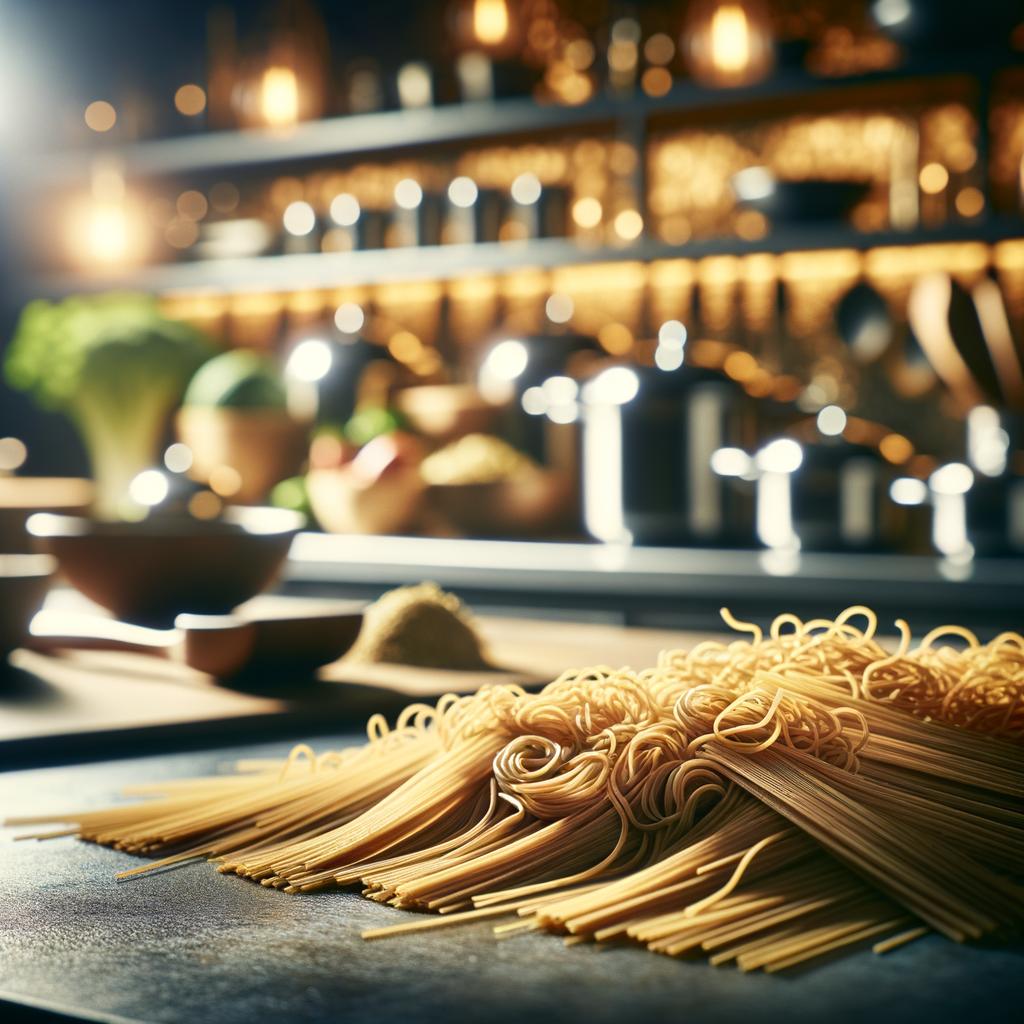Dried Noodles

Description
Dried noodles, a timeless staple, are the epitome of simplicity and versatility. With their pale golden hue, they present a visual appeal that is humble yet inviting. Their texture, once cooked, ranges from tender to al dente, depending on the cooking time and the type of noodle. The flavor profile of dried noodles is subtly wheaty, offering a neutral canvas that readily absorbs the flavors of the ingredients they are paired with. What sets dried noodles apart from their fresh counterparts is their longer shelf-life and their ability to retain a firm texture even after prolonged cooking.
Primary Uses
Dried noodles are a universal ingredient, transcending cultural and geographical boundaries. They are the backbone of a myriad of dishes, from the Italian pasta and Japanese ramen to Chinese chow mein and Vietnamese pho. They are boiled, stir-fried, deep-fried, or served in soup, showcasing their versatility. Dried noodles also carry cultural significance in many Asian cultures, symbolizing longevity and blessing.
History
The history of dried noodles is as rich and intertwined as the strands themselves. While the exact origin is debated, references to dried noodles can be traced back to the Han dynasty in China around 206 BC. They traveled along the Silk Road, finding their way to the Middle East and Europe, where they evolved into the pasta we know today. In the East, they became the bedrock of many traditional dishes. Folklore often associates long noodles with a long life, leading to the custom of eating noodles on birthdays and New Year's celebrations in many Asian cultures.
Nutritional Information
Dried noodles are a good source of carbohydrates, providing the energy needed for daily activities. They also contain some amount of protein, particularly if made from whole grains or eggs. Some types of dried noodles are fortified with additional nutrients, such as iron or B-vitamins. However, like any food, they should be consumed as part of a balanced diet. Compared to fresh noodles, dried noodles usually have a lower moisture content, which can make them more calorie-dense. Nonetheless, their ability to beautifully harmonize with a multitude of ingredients makes it easy to create a wholesome, nutritious meal with dried noodles at its heart.

